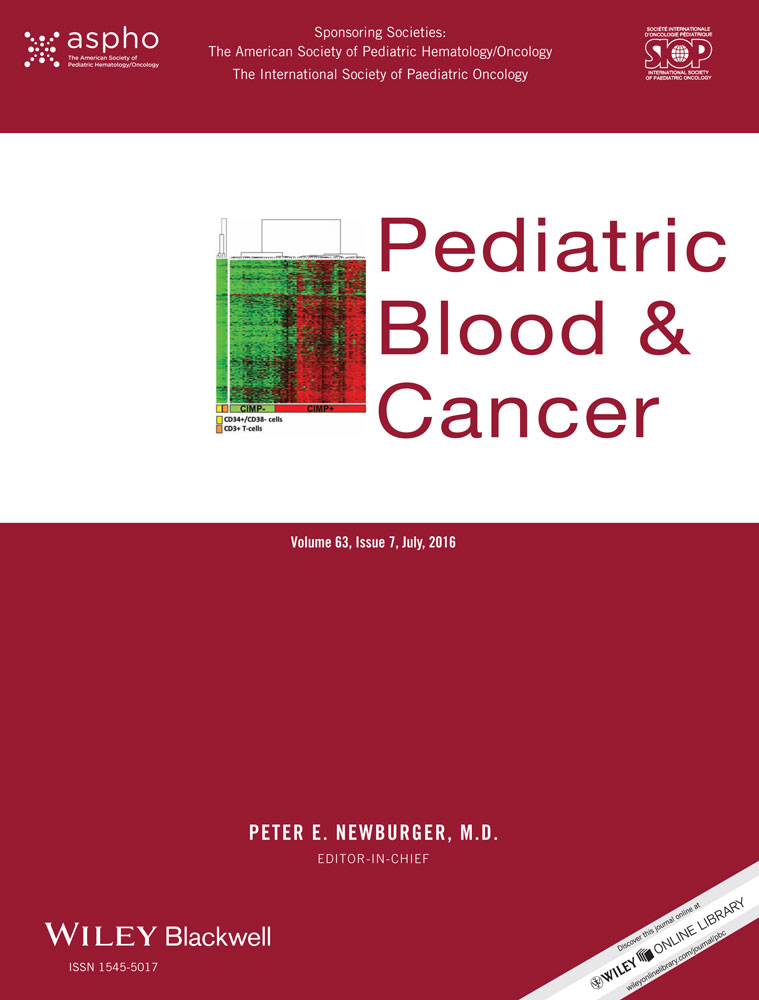Multicenter Cohort Study Comparing U.S. Management of Inpatient Pediatric Immune Thrombocytopenia to Current Treatment Guidelines
Conflict of interest: Nothing to declare.
Abstract
Background
Recent pediatric immune thrombocytopenia (ITP) guidelines have significantly altered and are encouraging an observational approach for patients without significant bleeding regardless of their platelet count.
Procedure
This retrospective multicenter cohort study utilized the Pediatric Health Information Systems (PHIS) administrative database. Subjects were 6 months to 18 years of age, admitted to a PHIS hospital between January 1, 2008 and September 30, 2014, with a primary diagnosis code for ITP. International Classification of Disease, Ninth Revision, Clinical Modification Code (ICD-9-CM) discharge codes identified significant bleeding. Pharmaceutical billing codes identified the use of pharmacologic therapy for ITP. Clinical management during preguideline admissions (January 1, 2008 to August 31, 2011) was compared to postguideline admissions (September 1, 2011 to September 30, 2014).
Results
A total of 4,937 subjects met inclusion criteria with a mean age of 6.2 (SD 5) years; 93.4% (4,613/4,937) received pharmacologic treatment for ITP but only 14.2% (699/4,937) had ICD-9-CM codes for significant bleeding; 11.5% (570/4,937) of subjects were readmitted. In comparing pre- versus postguideline time periods, the proportion of subjects receiving ITP pharmacologic treatment did not change (92.9% vs. 94.1%; P = 0.26). A decrease was found in the proportion of bone marrows performed (9.7% vs. 6.4%; P < 0.001) and length of stay (2.3 vs. 2 days; P < 0.001). The proportion of ITP admissions from 2012 to 2014 was modestly decreased when compared to 2008–2010 (12.9 vs. 14.5/10,000 PHIS admissions, P < 0.001).
Conclusions
Despite guidelines and evidence that supports a watchful waiting approach for pediatric patients with ITP, a large proportion of inpatients without significant bleeding are still receiving pharmacologic therapy. Continued efforts are needed to address why inpatient U.S. practice patterns are so discrepant from current treatment guidelines.




